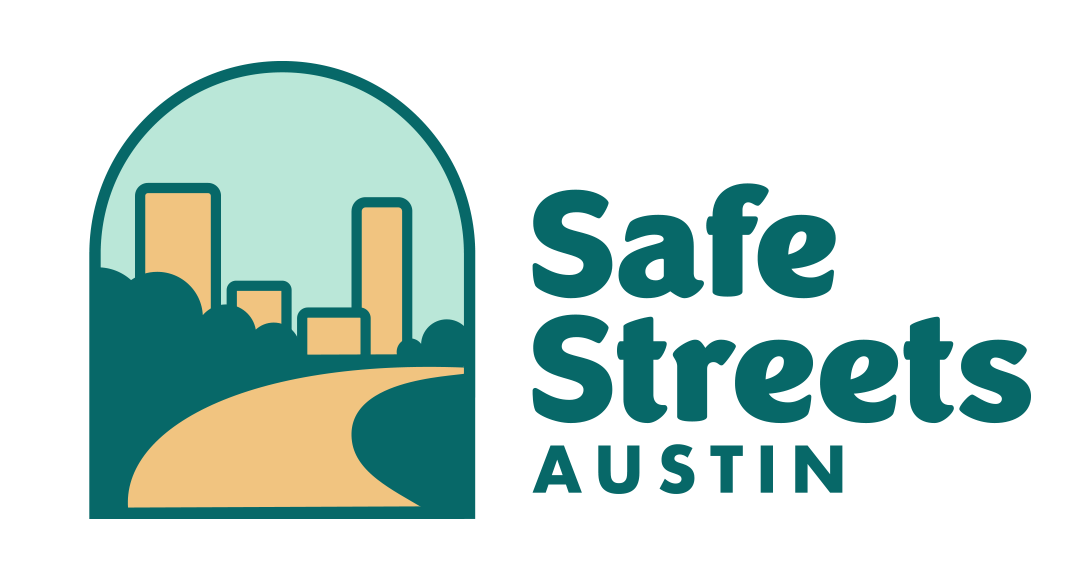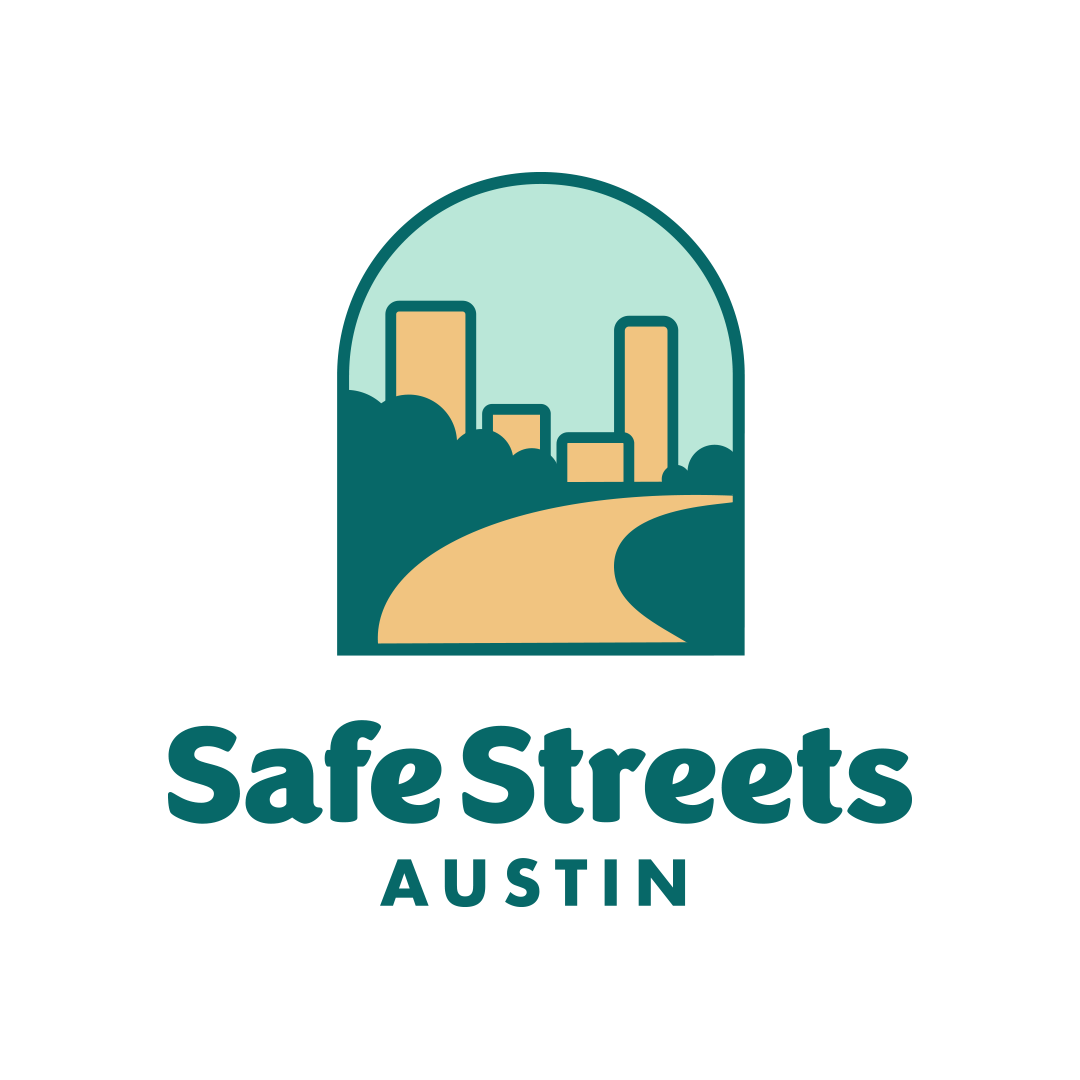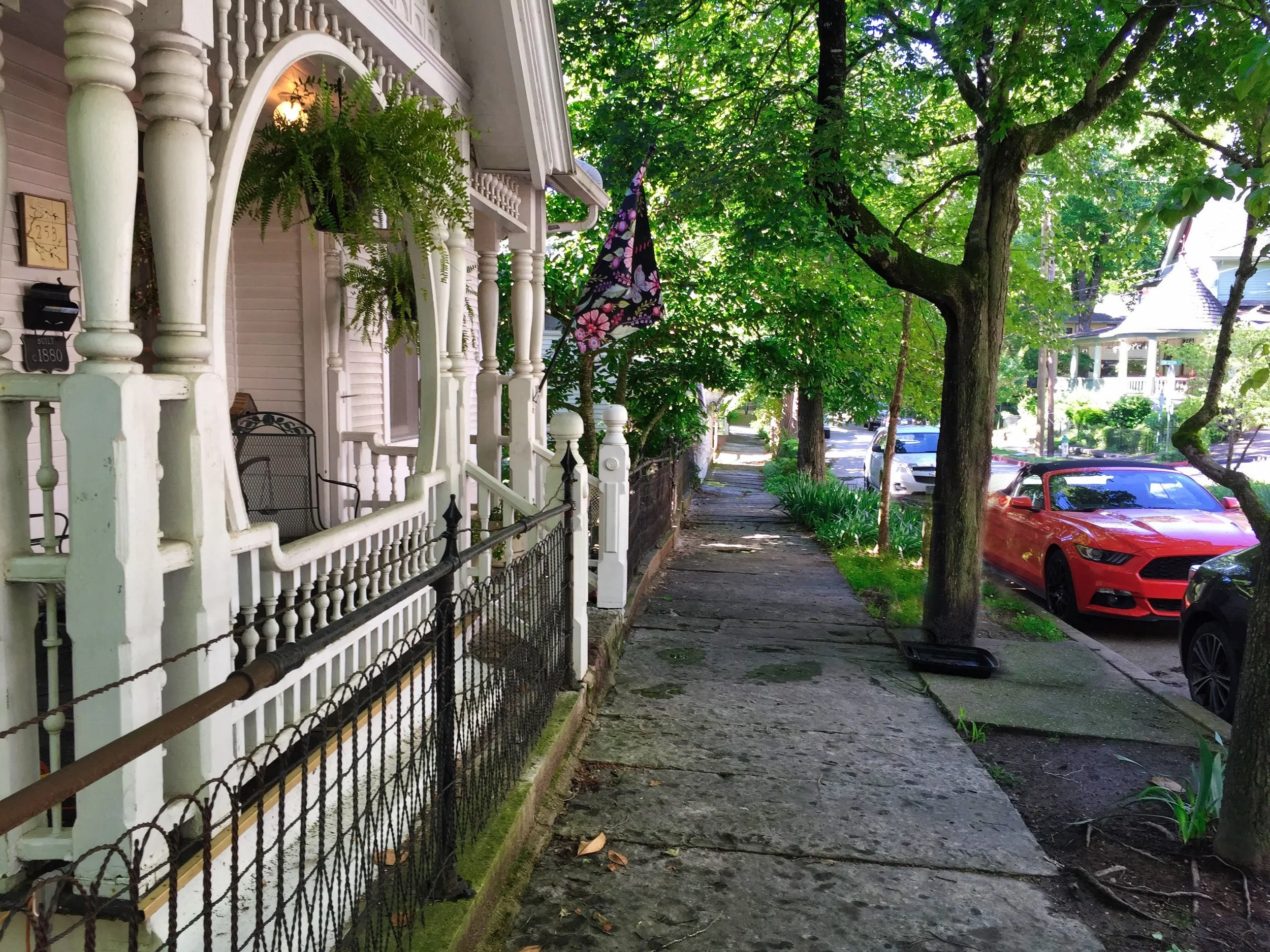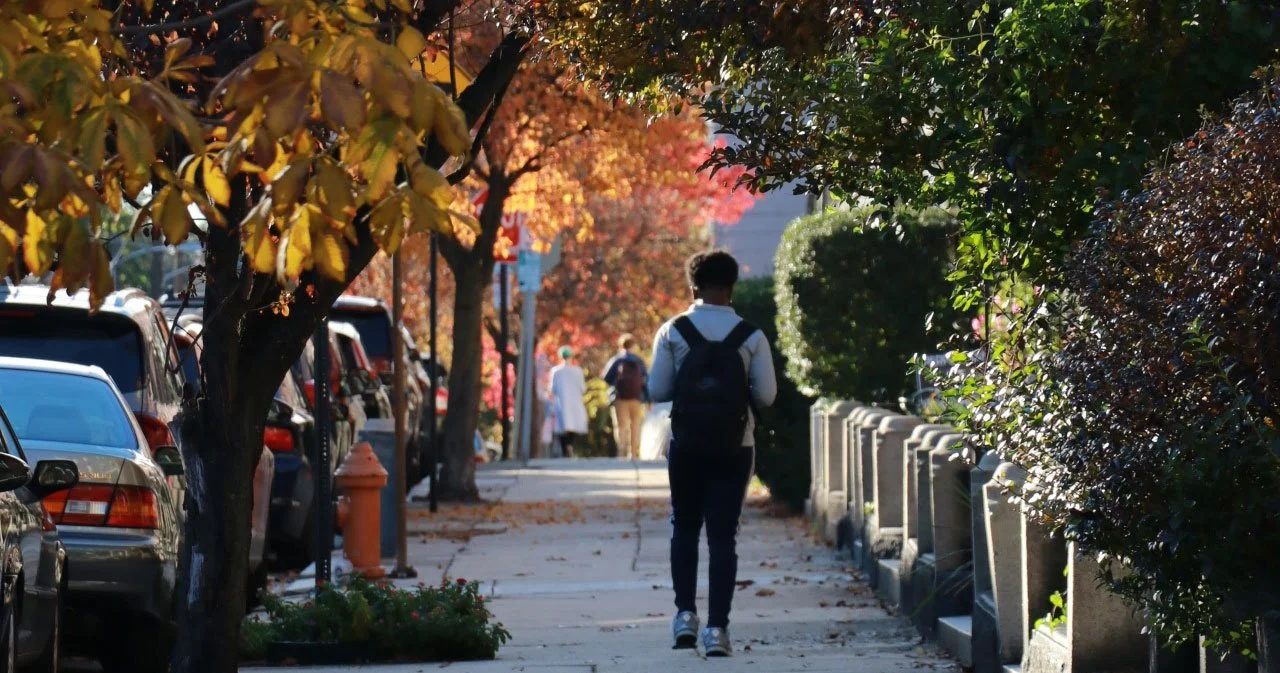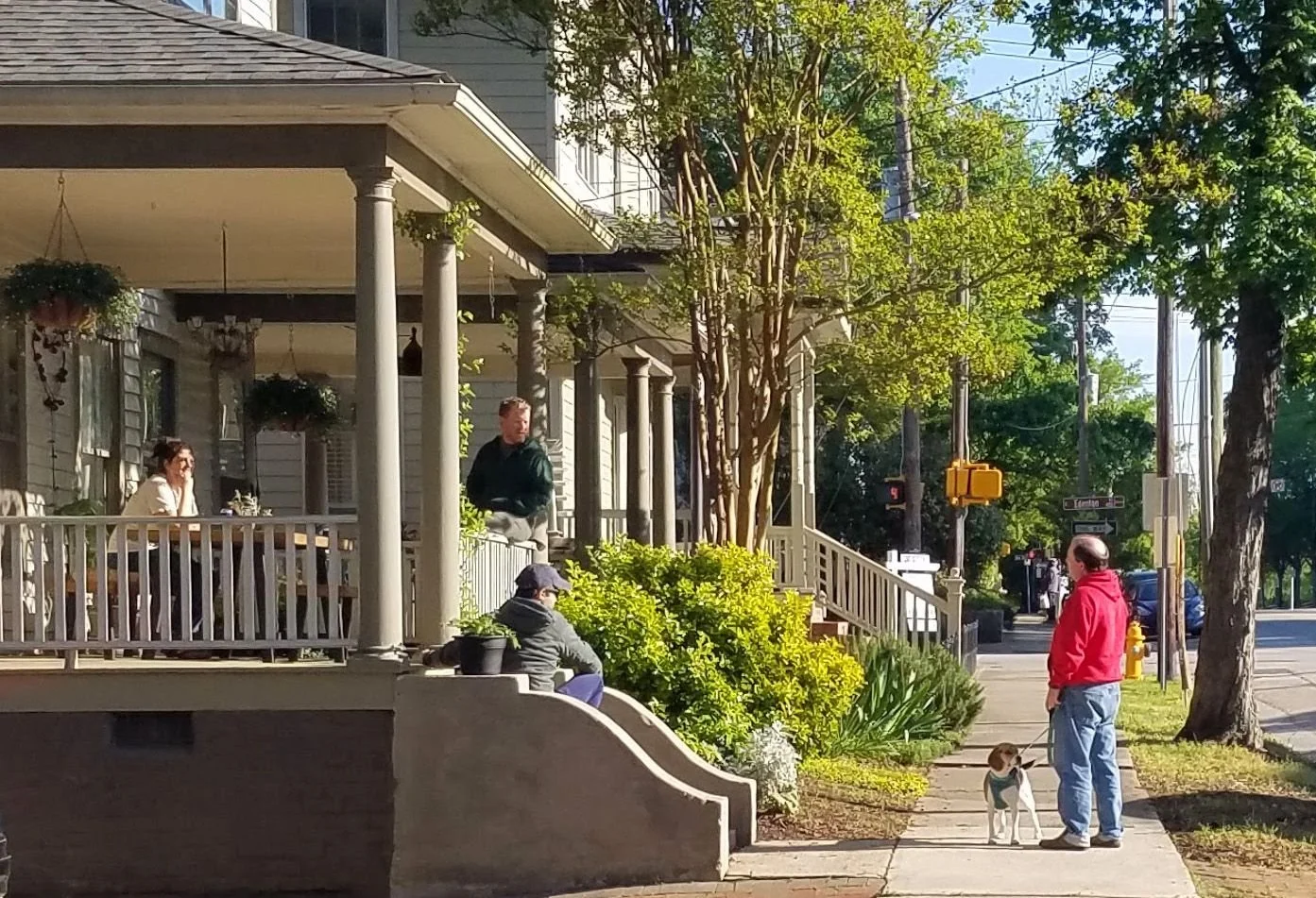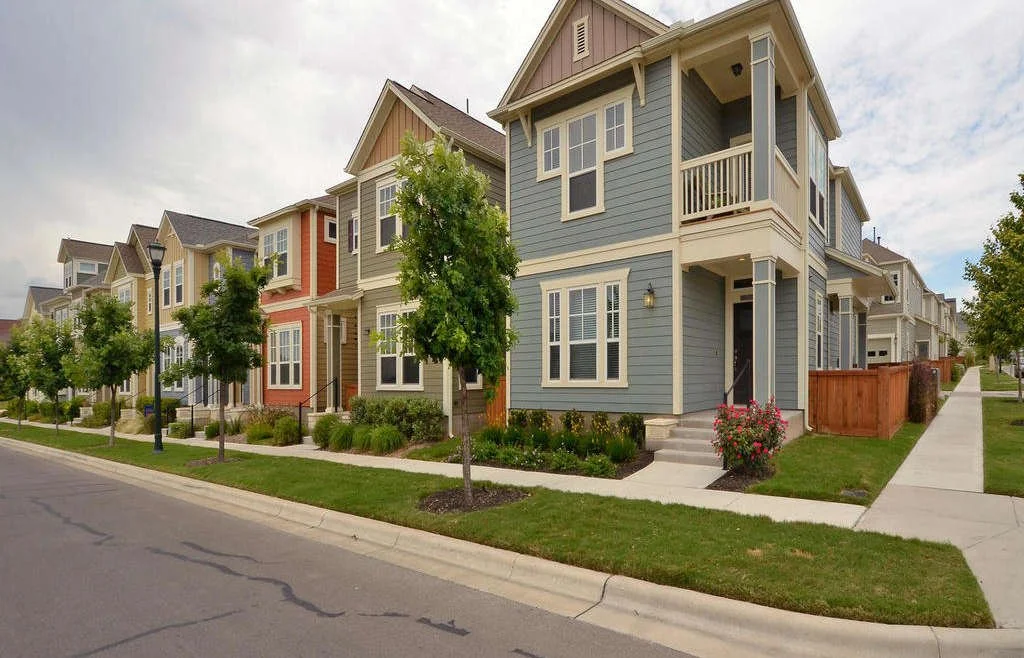Why Reduce Minimum Front Setback Requirements
1. More walkable neighborhoods
Homes closer to the street cast more shade for pedestrians
An “eyes on the street” effect from residents looking out for passersby
A cozier and more inviting street environment for walking
2. More community
Residents in front yards and on porches closer to the street are more likely to interact with neighbors and passersby. Studies show interactions happen much more often within 10 feet (source, p.67).
5. More useful front & back yards
Front yards & porches closer to the sidewalk are more socially-oriented
Homes farther forward means back yards can be larger
4. Healthier trees & greenspace
More space for trees behind homes
More shade from homes protects greenspace in front of homes from summer heat
Driveways can be shorter, meaning less impervious cover
3. More homes
Smaller front setbacks means more space to build homes and more flexibility to subdivide larger lots while preserving trees and existing homes, including historic structures, and keep the required distance from trees, utilities, and other setbacks.
6. Safer neighborhood streets
Smaller setbacks visually narrow the street, which slows cars and makes walking and bicycling safer. (Source)
